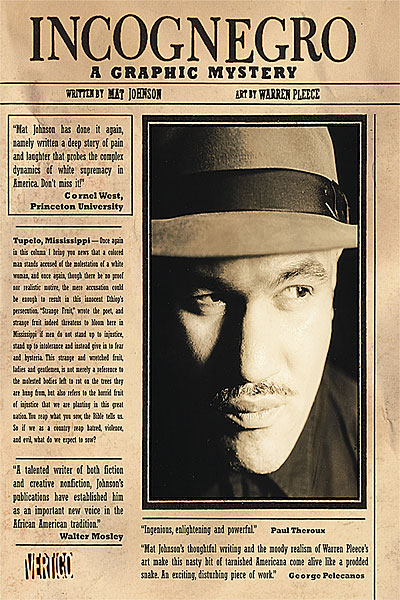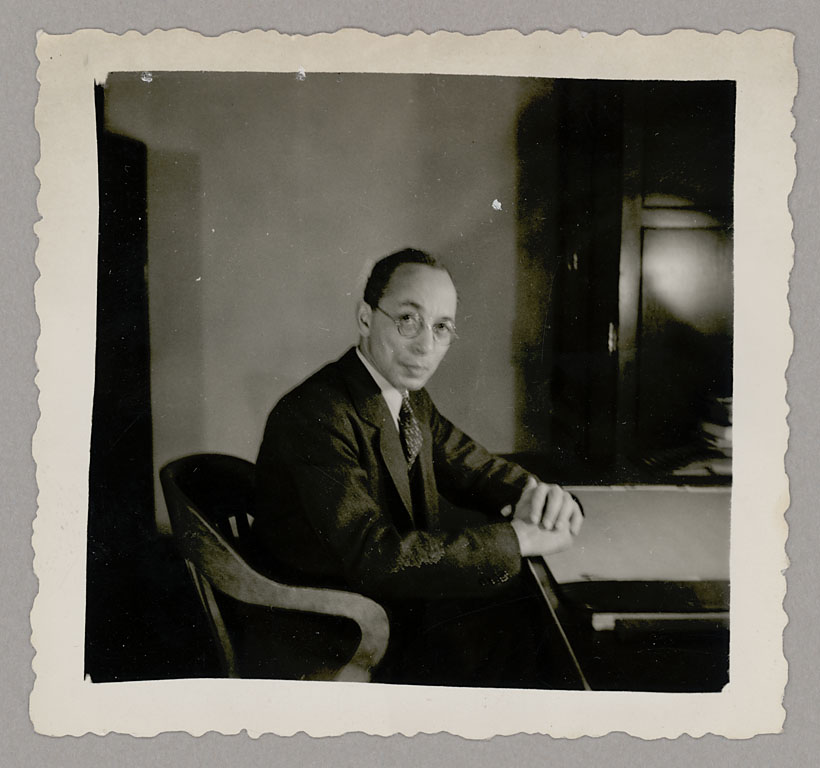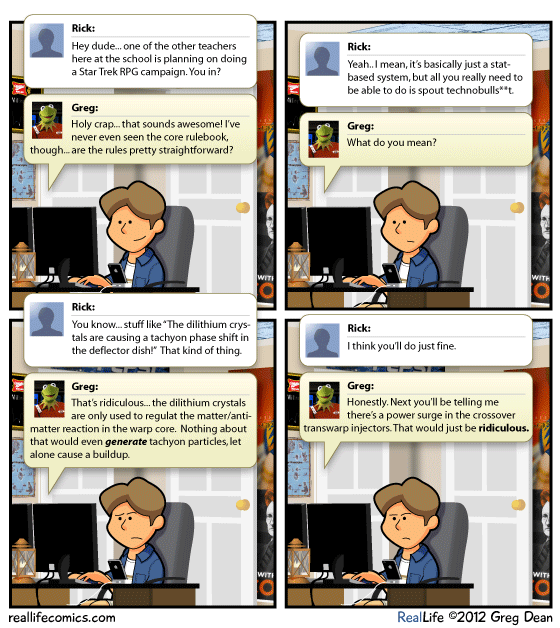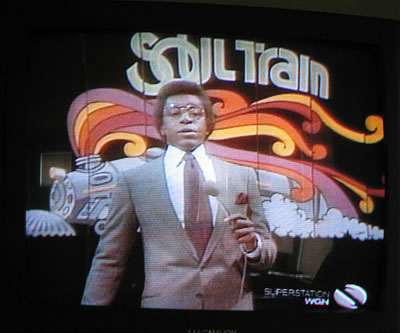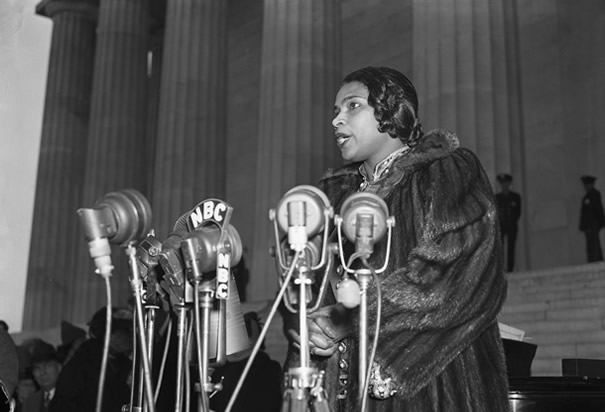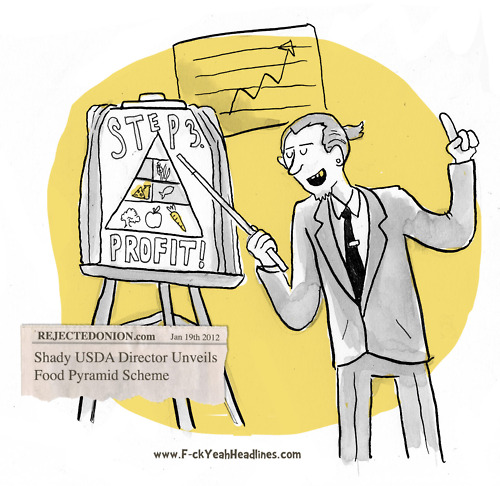“You can be the President, I’d rather be the Pope…”
boxing, business and economy, comics and animation, computers, environment, everyday glory, faith and religion, food for thought, games, geekery, history, IKEA, monkeys!, politics and law, science and technology, the world, travel, Whiskey Tango Foxtrot...?! No Comments »Tuesday – 28 February 2012
Ordinarily, today would mark the end of the month. But, thanks to leap year – or DC’s “New 52,” according to Thom Zahler – we get an extra day this month. And, at least here in the Land Behind the Zion Curtain, it’s snowy. Well, more like “flurry-y,” but you get the idea. (And, of course, by the time I got back to writing this, it’s stopped.)
Last night was fairly quiet around the homestead. We took a short family excursion to the local Babies ‘R’ Us after work — the girls now have a new activity bouncer/saucer/thingamabob. Then, back home for the girls’ bedtime. And then dinner and a little TV for SaraRules! and me. (Followed, naturally, by some MW3 time for me.)
Chew on This: Food for Thought – Black History Month
Today’s topic is: African Diaspora, the historic movement of Africans and their descendants to places throughout the world—predominantly to the Americas, and also to Europe, the Middle East, and other places around the globe.
The term has been historically applied in particular to the descendants of the Africans who were enslaved and shipped to the Americas by way of the Atlantic slave trade, with the largest population in Brazil (see Afro-Brazilian). In modern times, it is also applied to Africans who have emigrated from the continent in order to seek education, employment and better living for themselves and their children. People from Sub-Saharan Africa, including many Africans, number at least 800 million in Africa and over 140 million in the Western Hemisphere, representing around 14% of the world’s population. It is believed that this diaspora has the potential to revitalize Africa. Primarily, many academics, NGOs, and websites such as Social Entrepreneurs of the African Diaspora view social entrepreneurship as a tool to be used by the African diaspora to improve themselves and their ancestral continent.
Much of the African diaspora was dispersed throughout Europe, Asia, and the Americas during the Atlantic and Arab Slave Trades. Beginning in the 9th century, Arabs took African slaves from the central and eastern portions of the continent (where they were known as the Zanj) and sold them into markets in the Middle East and eastern Asia. Beginning in the 15th century, Europeans captured or bought African slaves from West Africa and brought them to Europe and later to the Americas. Both the Arab and Atlantic slave trades ended in the 19th century. The dispersal through slave trading represents one of the largest forced migrations in human history. The economic effect on the African continent was devastating. Some communities created by descendants of African slaves in Europe and Asia have survived to the modern day, but in other cases, blacks intermarried with non-blacks and their descendants blended into the local population.
In the Americas, the confluence of multiple ethnic groups from around the world created multi-ethnic societies. In Central and South America, most people are descended from European, American Indian, and African ancestry. In Brazil, where in 1888 nearly half the population was descended from African slaves, the variation of physical characteristics extends across a broad range. In the United States, there was historically a greater colonial population in relation to African slaves, especially in the northern tier. Racist Jim Crow and anti-miscegenation laws after the Civil War, plus waves of vastly increased immigration from Europe in the 19th and 20th centuries, maintained some distinction between racial groups. In the 20th century, to institutionalize racial segregation, most southern states adopted the “one drop rule“, which defined anyone with any discernible African ancestry as African.
From the very onset of Spanish activity in the Americas, black Africans were present both as voluntary expeditionaries and as involuntary laborers. Juan Garrido was one such black conquistador. He crossed the Atlantic as a freedman in the 1510s and participated in the siege of Tenochtitlan.
Emigration from Sub-equatorial Africa has been the primary reason for the modern diaspora. People have left the subcontinent because of warfare and social disruption in numerous countries over the years, and also to seek better economic opportunities. Scholars estimate the current population of recent African immigrants to the United States alone is over 600,000, some of whom are Black Africans from the Sub-equatorial region. Countries with the largest recorded numbers of immigrants to the U.S. are Nigeria, Ghana, Sierra Leone and mostly West African Countries. Some immigrants have come from Angola, Cape Verde, Mozambique (see Luso American), Equatorial Guinea, Kenya, and Cameroon. Immigrants typically congregate in major urban areas, moving to suburban areas over time.
There are significant populations of recent African immigrants in many other countries around the world, including the UK and France, both nations that had colonies in Africa.
Stray Toasters
- I like this hack. I may have to actually employ it.
- Straight Out of Flint: Girl Boxer Aims for Olympics
- I apparently didn’t read the full info on DC Universe Online‘s last update too carefully: I just found out today that Black Lightning and Static have been introduced in the game.
- The Pope Officially Has the Worst Twitter Name of All Time
- Department of Awareness Posters (as seen in Dresden Codak) are now available.

- U.S. Rule Set for Cameras at Cars’ Rear
- Extreme coaster rips limbs off dummies; terrifies fighter pilots
- From the “Whiskey Tango Foxtrot…?!” file: Man charged after shooting at mouse, striking roommate in chest
- Japan Weighed Evacuating Tokyo in Nuclear Crisis
- A Nation Divided: Can We Agree on Anything?
Namaste.

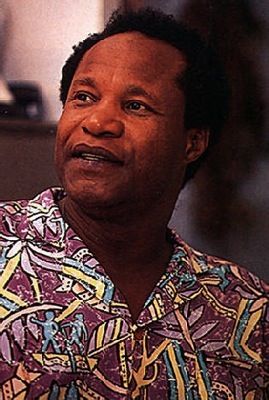




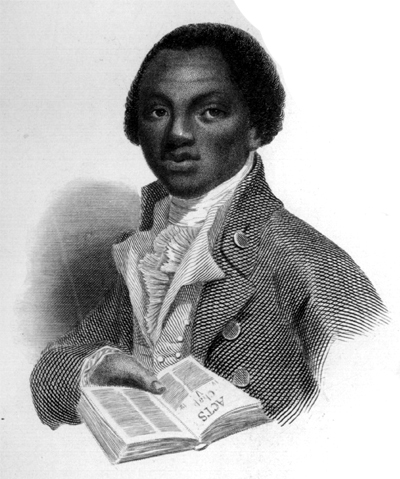

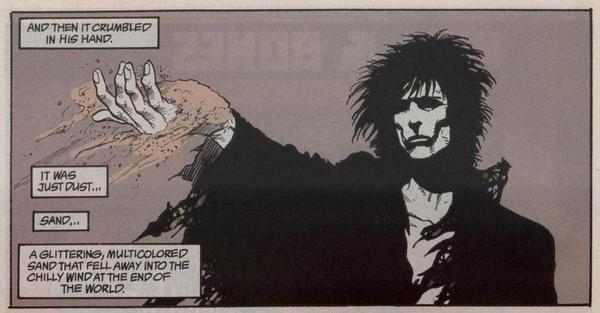




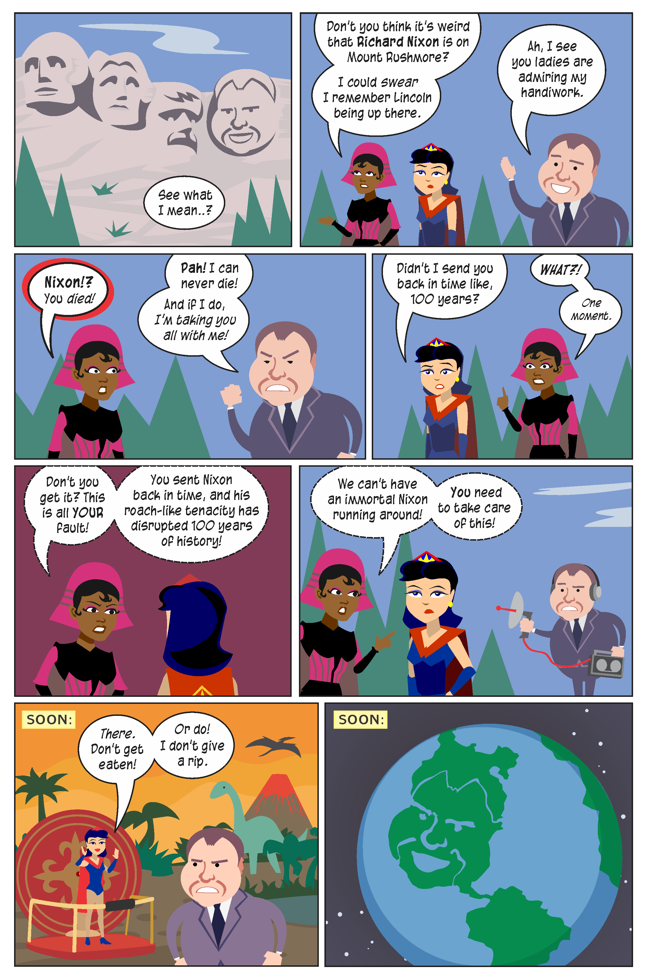
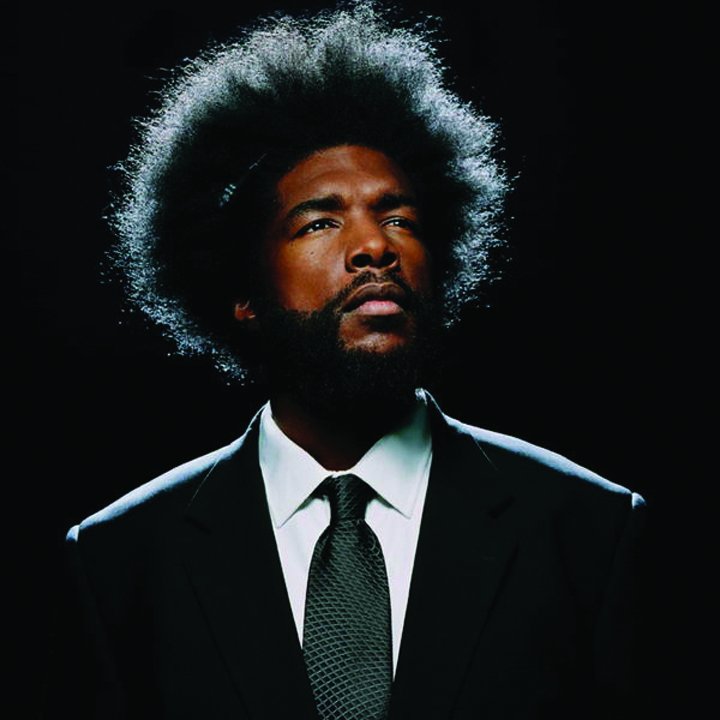



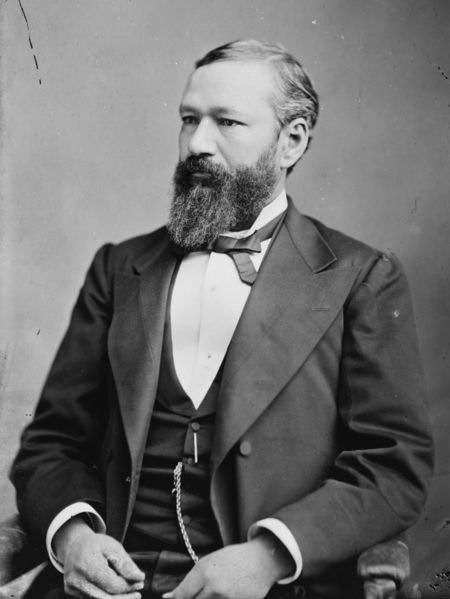




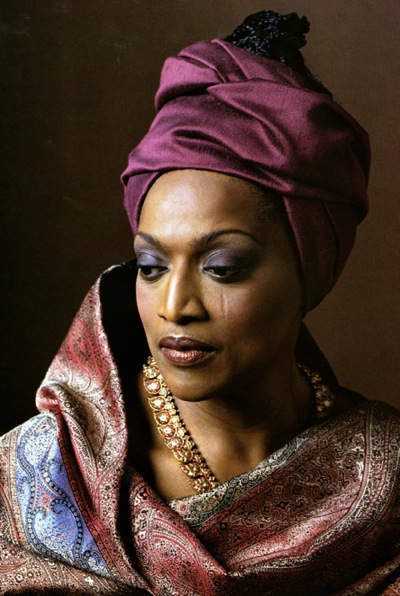


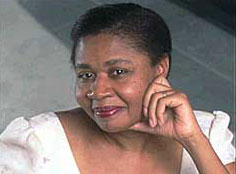





![[James-Weldon-Johnson,-half-length-portrait,-facing-front]-LOT-13074,...-painting-artwork-print](http://blog.echopulse.net/wp-content/uploads/2012/02/James-Weldon-Johnson-half-length-portrait-facing-front-LOT-13074...-painting-artwork-print.jpg)
